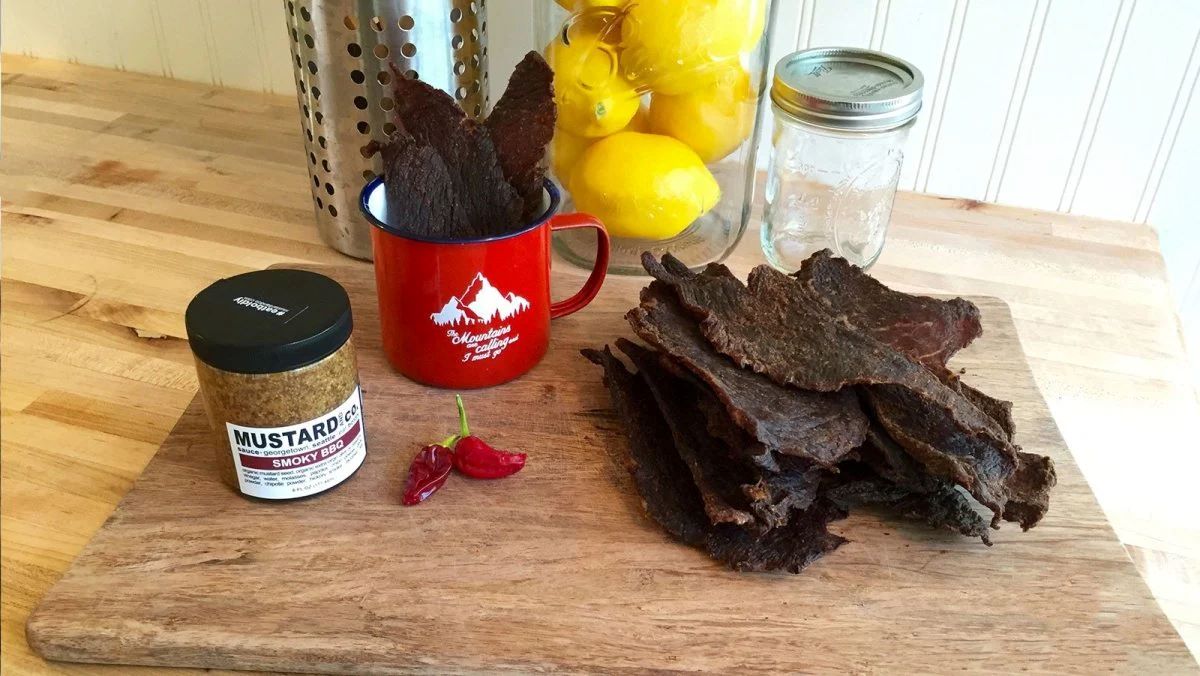

Articles
How To Store Homemade Beef Jerky
Modified: December 7, 2023
Learn the best ways to store homemade beef jerky and keep it fresh for longer with these helpful articles.
(Many of the links in this article redirect to a specific reviewed product. Your purchase of these products through affiliate links helps to generate commission for Storables.com, at no extra cost. Learn more)
Introduction
Welcome to the world of homemade beef jerky! Making your own delicious and flavorful jerky is a rewarding and tasty experience. Whether you’re a seasoned jerky enthusiast or a beginner looking to try your hand at this culinary art, it’s important to know how to properly store your homemade beef jerky to ensure it stays fresh and maintains its quality for as long as possible.
Proper storage is crucial to maintain the texture, taste, and overall quality of your homemade beef jerky. If not stored correctly, it can become tough, lose its flavor, and even spoil. In this article, we will guide you through the steps to store your homemade beef jerky effectively, ensuring its longevity and optimal enjoyment.
Ready to learn how to keep your homemade beef jerky in optimal condition? Let’s dive right in!
Key Takeaways:
- Properly preparing, packaging, and selecting the right storage location are crucial for maintaining the freshness and flavor of homemade beef jerky. Regular monitoring and additional long-term storage tips can extend its shelf life.
- Lean cuts, thorough marination, airtight packaging, and proper storage location are key to preserving the deliciousness of homemade beef jerky. Additional tips like vacuum sealing and freezing can further extend its shelf life.
Read more: How To Store Beef Jerky
Step 1: Preparing the Homemade Beef Jerky
The first step in storing homemade beef jerky starts with its preparation. Properly preparing the jerky before storage sets the foundation for its longevity and overall quality.
Here are a few key points to consider when preparing your beef jerky:
- Selecting the right cuts of meat: Choose lean cuts of beef like flank steak or sirloin. Trim off any excess fat as fat can cause the jerky to spoil more quickly.
- Slicing the meat: Slice the meat against the grain into thin strips of consistent thickness. This will help ensure even drying and a consistent texture across all the pieces.
- Marinating the meat: Marinating the meat before drying is essential for flavor development. Choose a marinade that suits your taste preferences, such as a combination of soy sauce, Worcestershire sauce, garlic, and spices. Let the meat marinate for several hours or overnight in the refrigerator to enhance the flavors.
- Drying the jerky: Use a food dehydrator or an oven set to a low temperature (around 150°F or 65°C) to slowly dry the jerky. This process removes moisture from the meat, making it shelf-stable and resistant to spoilage. Follow the specific instructions of your chosen drying method for optimal results.
Once your homemade beef jerky is prepared, it’s crucial to move on to the next step of storing it properly to maintain its quality and freshness.
Step 2: Choosing the Right Storage Container
After preparing your homemade beef jerky, the next step is to choose the right storage container. The container you select should provide an airtight and moisture-free environment to preserve the jerky’s flavor and texture.
Here are a few factors to consider when choosing the right storage container:
- Airtightness: Ensure that the container has a tight-fitting lid or seal to prevent air from entering. Exposure to air can lead to oxidation and spoilage of the jerky.
- Size: Choose a container that comfortably accommodates the amount of jerky you’ve made. It should have enough space for the jerky to lay flat without overlapping.
- Material: Opt for a container made of glass or food-grade plastic. These materials are non-reactive and won’t absorb any odors or flavors from the jerky.
- Transparency: It’s helpful to select a transparent container that allows you to see the jerky without opening it. This way, you can easily monitor the condition of the jerky without exposing it to unnecessary air.
Additionally, consider using resealable freezer bags as an alternative storage option. These bags are convenient, cost-effective, and offer a good level of airtightness.
Remember, the goal is to keep the homemade beef jerky in a moisture-free environment while minimizing its exposure to air. This will help maintain its freshness and prevent any spoilage.
Step 3: Properly Packaging the Beef Jerky
Once you’ve selected the right storage container, it’s important to properly package your homemade beef jerky to maintain its quality over time. Packaging plays a crucial role in preventing moisture and air from affecting the jerky’s texture and flavor.
Here are some guidelines for properly packaging your beef jerky:
- Wrap individual pieces: Individually wrap each piece of jerky in parchment paper or wax paper. This step helps prevent the pieces from sticking together and makes it easier to grab individual portions when needed.
- Layering: If you have multiple layers of jerky, place a sheet of parchment paper or wax paper between each layer to create separation and prevent them from sticking together. This is particularly important if you have different flavors or marinades.
- Place in airtight bags or containers: Transfer the wrapped jerky into an airtight bag or container, ensuring there is minimal air trapped inside. Squeeze out any excess air before sealing the bag or closing the container.
When it comes to packaging, remember that the key is to minimize the exposure of the jerky to air and moisture. Properly sealed and wrapped packages will help maintain the jerky’s texture and taste for a longer period.
Labeling the packaging with the date of preparation can also be beneficial. This helps you keep track of the jerky’s freshness and enables you to consume the older batches first.
With your beef jerky properly packaged, it’s now time to move on to selecting the suitable storage location for optimal preservation.
Store homemade beef jerky in an airtight container or resealable bag to keep it fresh. You can also use a vacuum sealer to remove excess air and prolong its shelf life. Keep it in a cool, dry place or in the refrigerator for longer storage.
Step 4: Selecting the Suitable Storage Location
Choosing the right storage location is crucial for maintaining the quality and longevity of your homemade beef jerky. The location should be cool, dry, and away from any sources of heat or moisture.
Here are some factors to consider when selecting the suitable storage location for your beef jerky:
- Avoid direct sunlight: Exposure to direct sunlight can cause the jerky to heat up and potentially spoil. Find a storage spot that is away from windows or any other areas where sunlight can directly reach.
- Avoid moisture-prone areas: Moisture is the enemy of your beef jerky, so avoid storing it in humid areas such as the kitchen or bathroom. Moisture can lead to mold growth and spoilage of the jerky.
- Cool and dry environment: The ideal storage location for your jerky is a cool and dry area with a consistent temperature. Room temperature or slightly below (around 60-70°F or 15-20°C) is optimal. Avoid areas that experience extreme temperature fluctuations.
- Away from strong odors: Beef jerky can absorb odors easily, so it’s important to keep it away from strong-smelling items, such as spices or cleaning products. This ensures that the jerky maintains its original flavor and doesn’t take on any unwanted scents.
If possible, consider storing your homemade beef jerky in a pantry or a dedicated area in your kitchen cupboard. These locations are typically cool, dry, and away from direct sunlight.
Remember to avoid storing your jerky in the refrigerator. Although refrigeration may seem like a logical choice, it can introduce moisture and alter the jerky’s texture and taste.
By selecting the suitable storage location, you can ensure that your homemade beef jerky remains fresh and delicious for an extended period.
Read more: How To Store Homemade Jerky
Step 5: Monitoring and Checking the Jerky Periodically
Once you’ve stored your homemade beef jerky, it’s important to periodically monitor and check its condition to ensure its freshness and quality. Regular inspection helps you identify any signs of spoilage or degradation promptly.
Here are a few guidelines for monitoring and checking your beef jerky:
- Visual inspection: Regularly check the appearance of the jerky. Look for any signs of mold, discoloration, or unusual texture. If you notice any of these signs, discard the affected pieces and inspect the remaining ones carefully.
- Sniff test: Give the jerky a sniff to detect any off or rancid odors. Spoiled jerky may have a sour or funky smell. If you notice any unusual odor, it’s best to err on the side of caution and dispose of the jerky.
- Texture check: Touch the jerky to ensure it hasn’t become excessively hard or too soft. Properly stored jerky should have a firm and slightly chewy texture. If it feels too hard or crumbly, it may have lost its moisture and freshness.
- Taste test: Enjoy a small piece of jerky to assess its flavor and quality. If the taste is off or unpleasant, it may be a sign of spoilage or degradation.
Regularly checking your beef jerky allows you to catch any potential issues before they become more significant. Keep in mind that homemade beef jerky typically has a shelf life of a few weeks to a few months, depending on the storage conditions and ingredients used.
If you notice any signs of spoilage or are unsure about the quality, it is always better to err on the side of caution and discard the affected jerky. It’s better to be safe than sorry when it comes to food safety.
With regular monitoring and checking, you can enjoy your delicious homemade beef jerky with peace of mind, knowing that it’s fresh and safe to eat.
Step 6: Additional Tips for Long-term Storage
While homemade beef jerky is typically enjoyed within a few weeks to a few months, there are additional tips you can follow if you want to store it for an even longer period. These tips will help maintain the jerky’s quality and flavor over an extended time.
Here are some additional tips for long-term storage of your beef jerky:
- Vacuum sealing: Consider using a vacuum sealer to remove all the air from the packaging. Vacuum-sealed packages create an airtight environment, reducing the chances of oxidation and spoilage. This method is especially effective for long-term storage.
- Freezing: If you plan to store your jerky for a few months or longer, freezing is an option. Freezing helps retain the jerky’s freshness and can extend its shelf life up to a year. Before freezing, ensure that the jerky is properly packaged to prevent freezer burn.
- Rotate your stock: When storing a large batch of homemade beef jerky, it’s a good practice to rotate your stock. Consume the older batches first, ensuring that the jerky is enjoyed within its optimal freshness period.
- Keep it in the dark: Store your packaged beef jerky in a cool, dark place to protect it from light. Light exposure can cause the jerky to degrade and lose its quality over time.
Following these additional storage tips can help preserve the flavor and texture of your homemade beef jerky for an extended period. However, it’s important to remember that the quality of the jerky will gradually decrease over time, regardless of storage methods. It’s always best to consume the jerky within a reasonable timeframe to enjoy it at its best.
Now that you’re equipped with these additional tips, you can confidently store your homemade beef jerky for months and continue savoring its deliciousness.
Conclusion
Congratulations! You’ve learned how to properly store your homemade beef jerky to maintain its freshness, flavor, and texture. By following these steps and guidelines, you can ensure that your jerky stays delicious and enjoyable for an extended period.
Remember, the key to successful storage lies in proper preparation, packaging, and selection of the storage location. Preparing the beef jerky with lean cuts of meat, marinating it to enhance the flavors, and drying it thoroughly are essential steps in creating a high-quality product.
Choosing the right storage container that is airtight and moisture-free, and properly packaging the beef jerky to prevent exposure to air and moisture, is crucial in maintaining its freshness.
Selecting a suitable storage location that is cool, dry, and away from direct sunlight, along with regularly monitoring and checking the jerky for any signs of spoilage, ensures its optimal quality over time.
Additionally, for long-term storage, vacuum sealing, freezing, and rotating your stock can help preserve the beef jerky for longer periods while maintaining its taste and texture.
Now that you have all the knowledge and tips at your disposal, you can confidently store your homemade beef jerky and enjoy its delicious flavors at any time.
So go ahead, make your favorite beef jerky recipes, store them properly, and savor the mouthwatering taste of your homemade creation. Happy jerky making and storing!
Frequently Asked Questions about How To Store Homemade Beef Jerky
Was this page helpful?
At Storables.com, we guarantee accurate and reliable information. Our content, validated by Expert Board Contributors, is crafted following stringent Editorial Policies. We're committed to providing you with well-researched, expert-backed insights for all your informational needs.
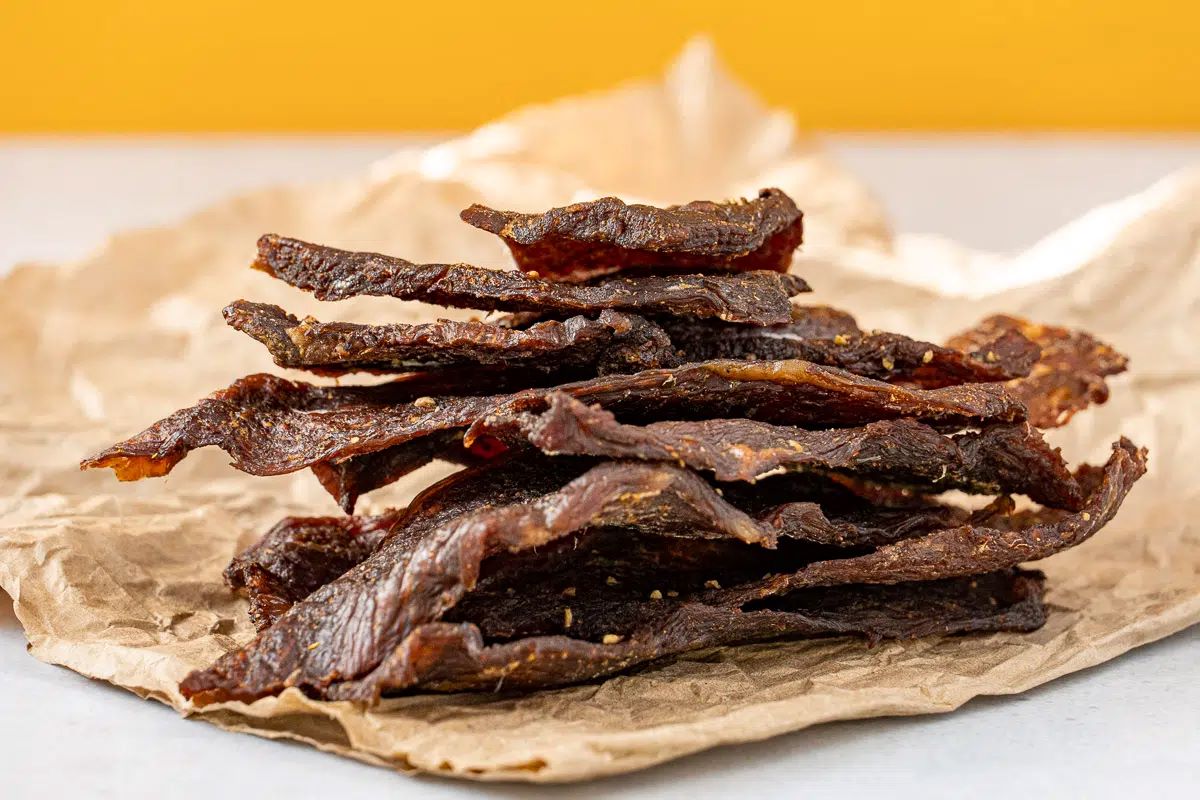
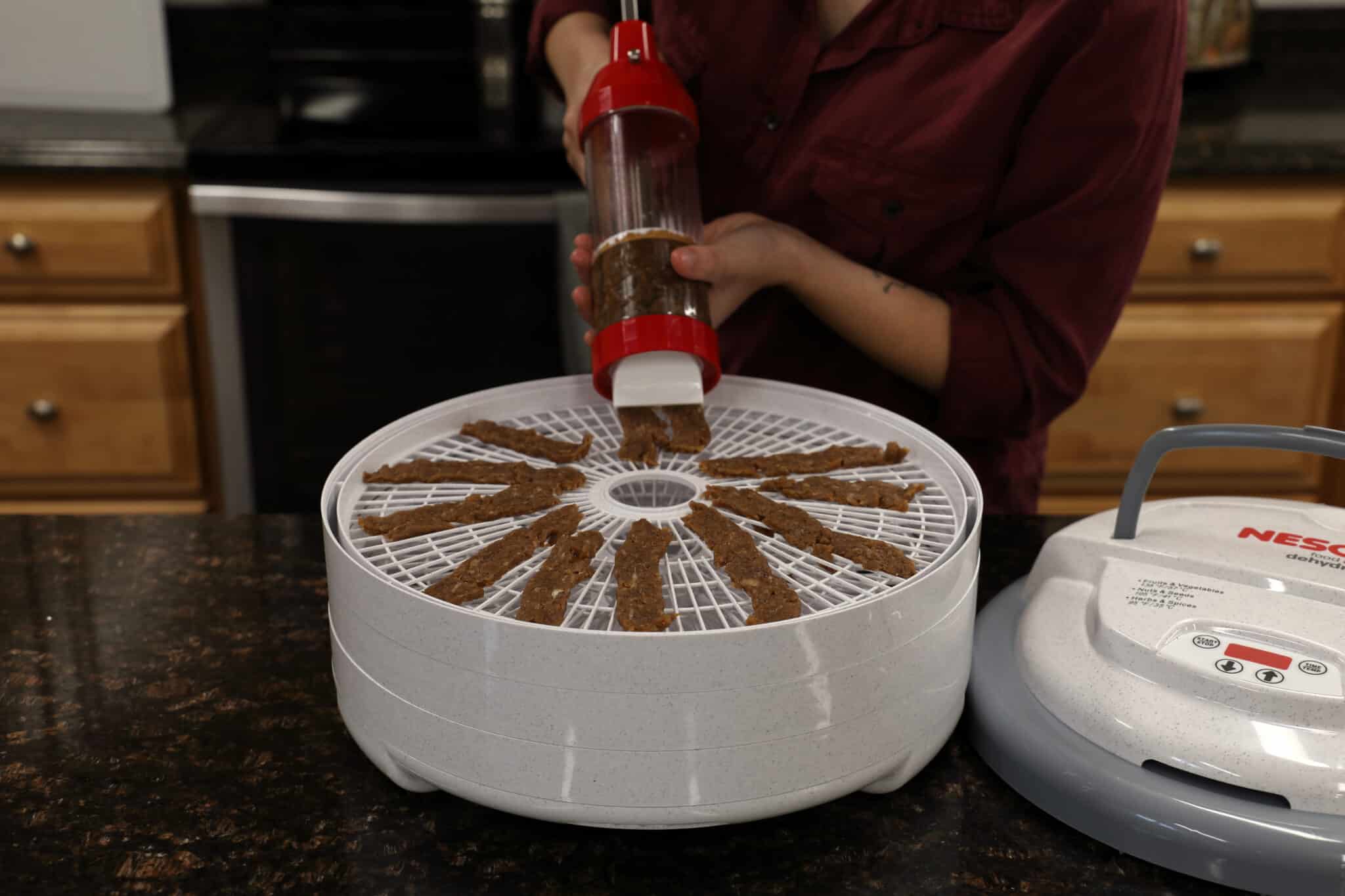

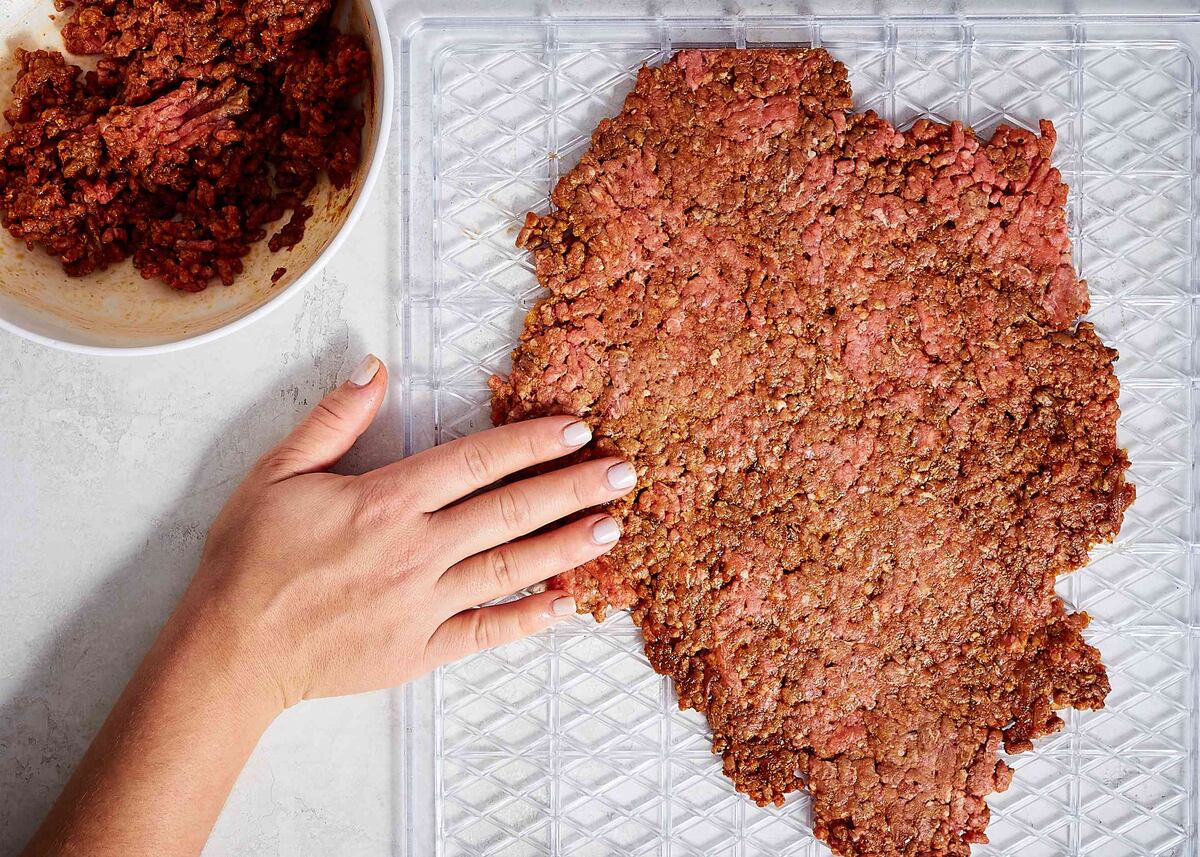
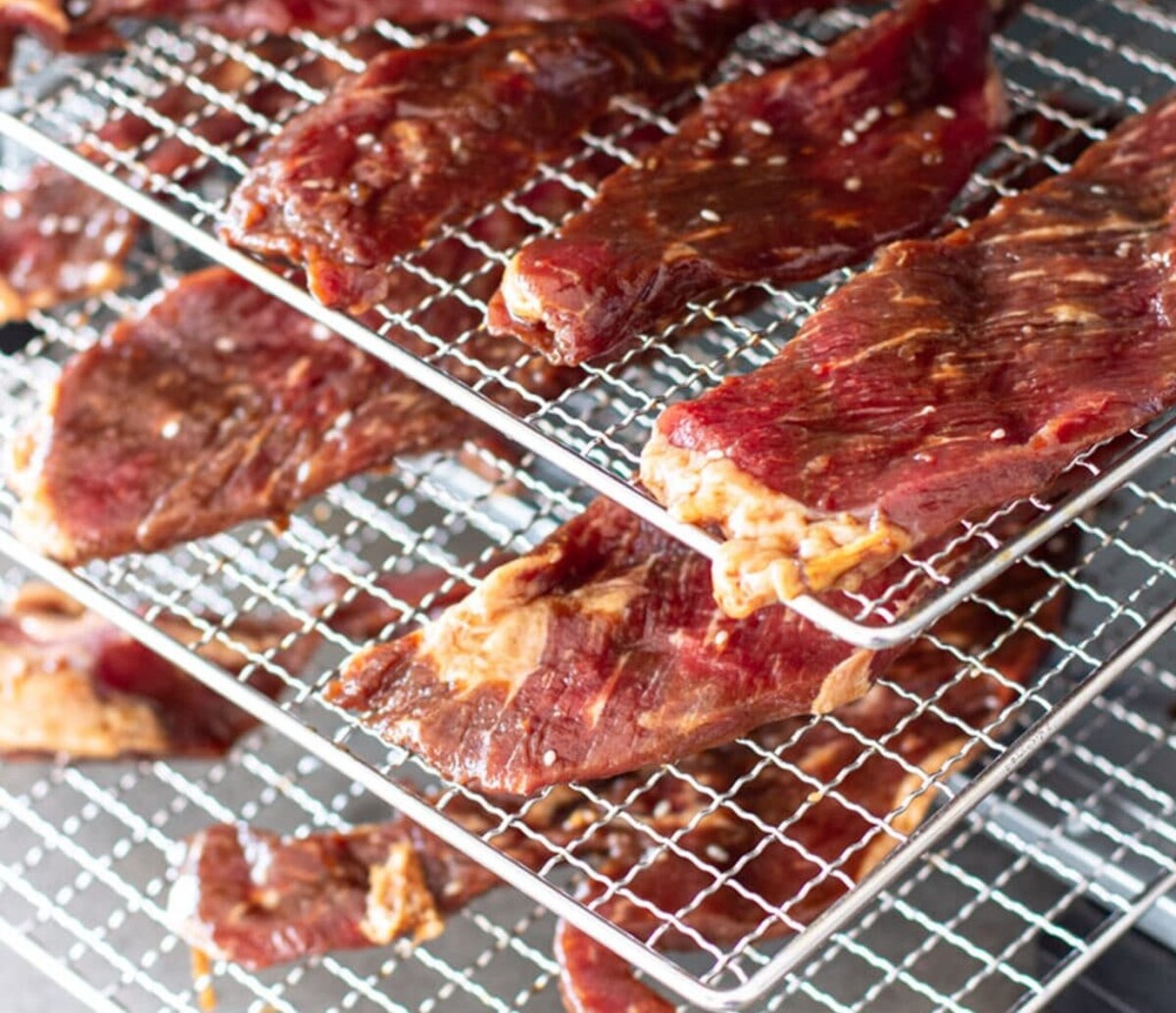
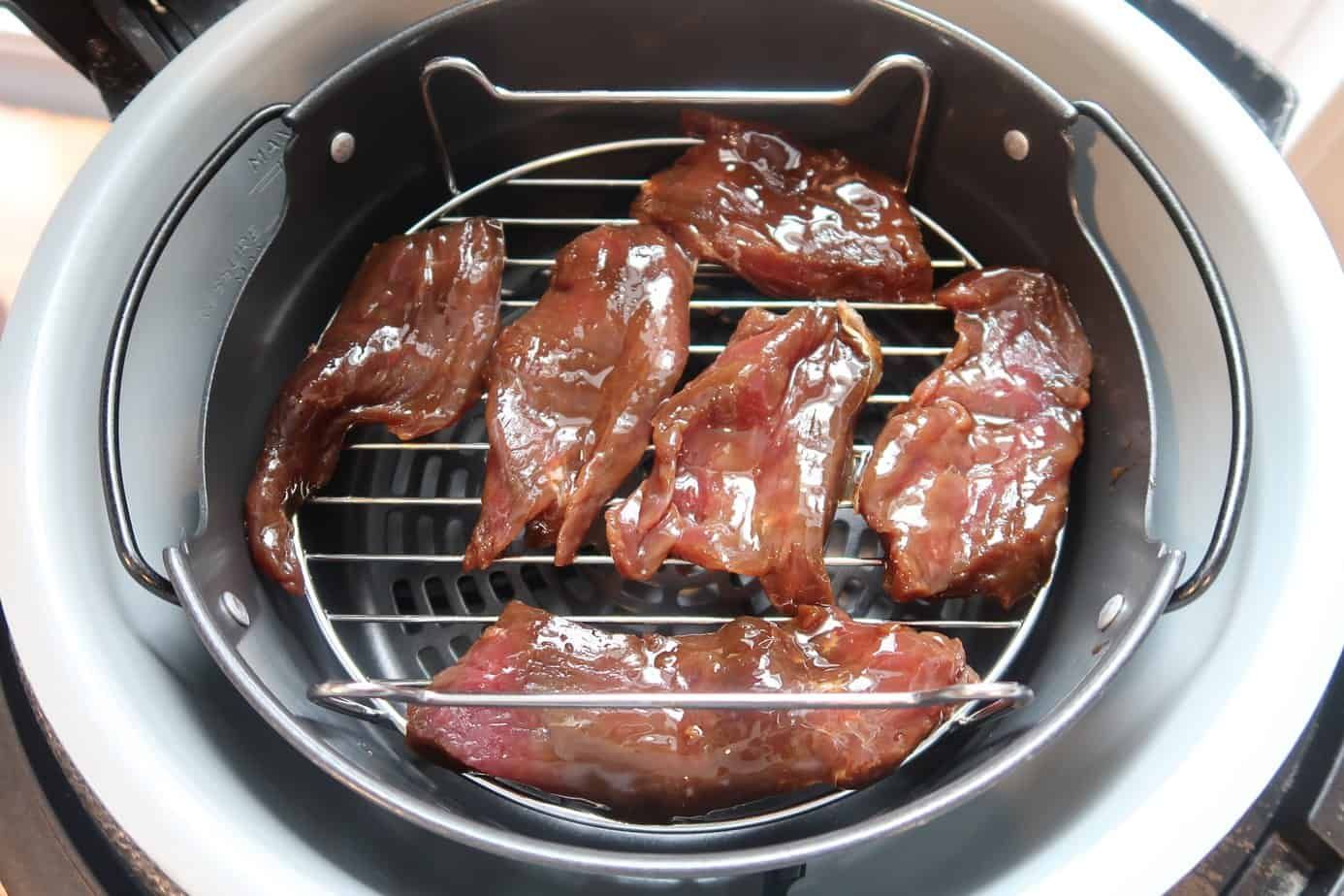
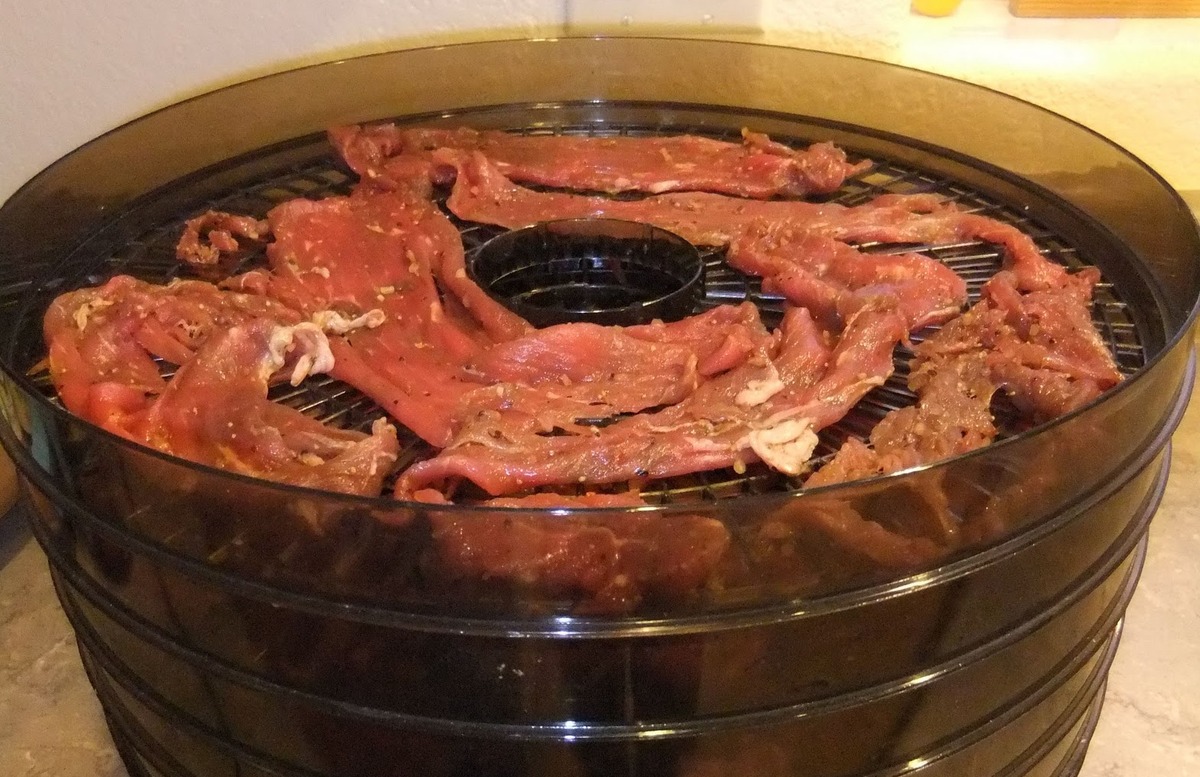
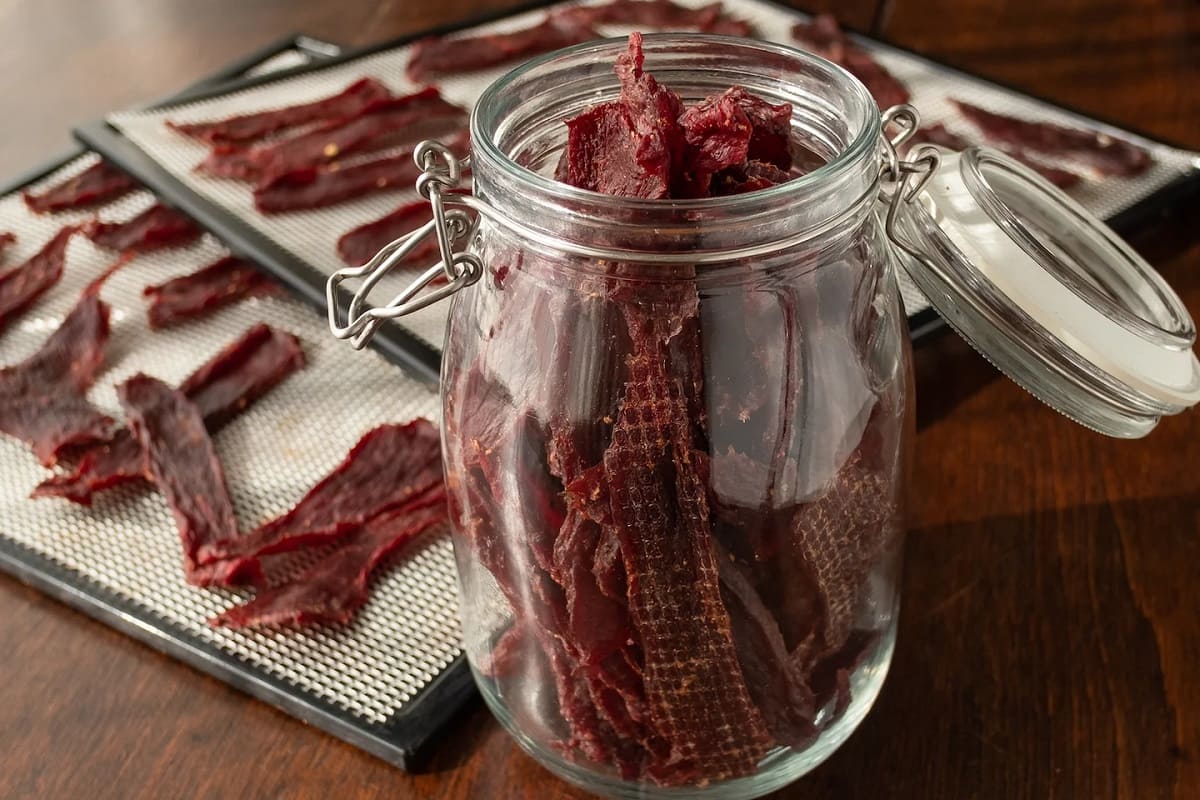

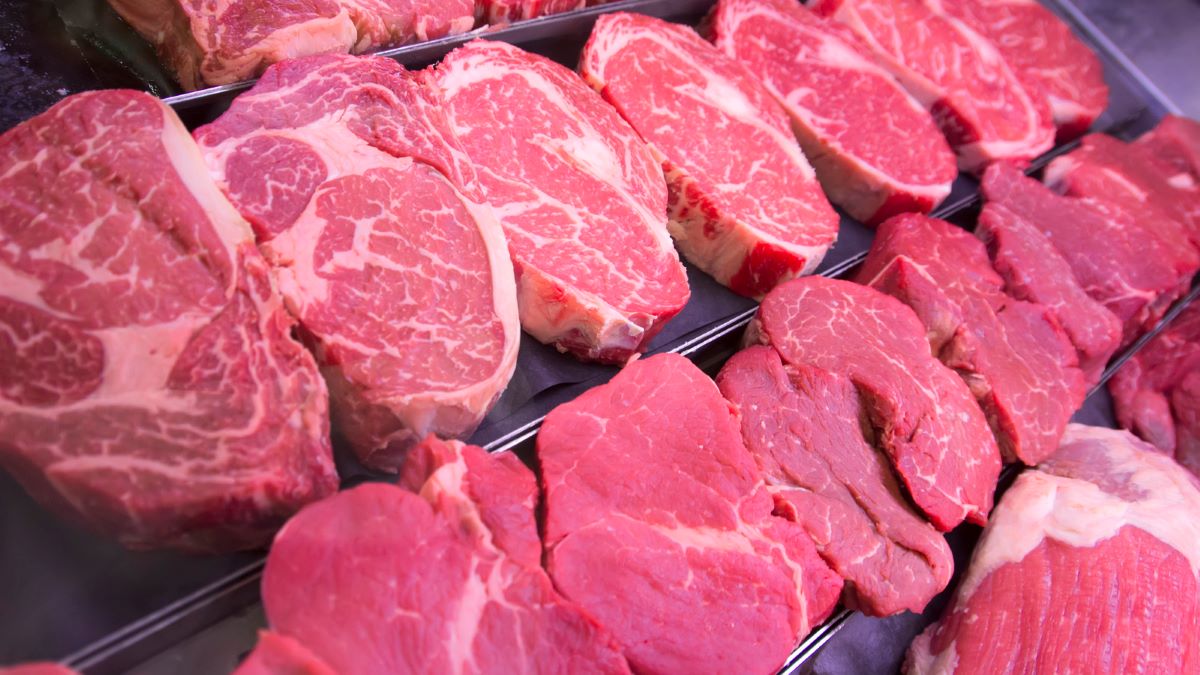
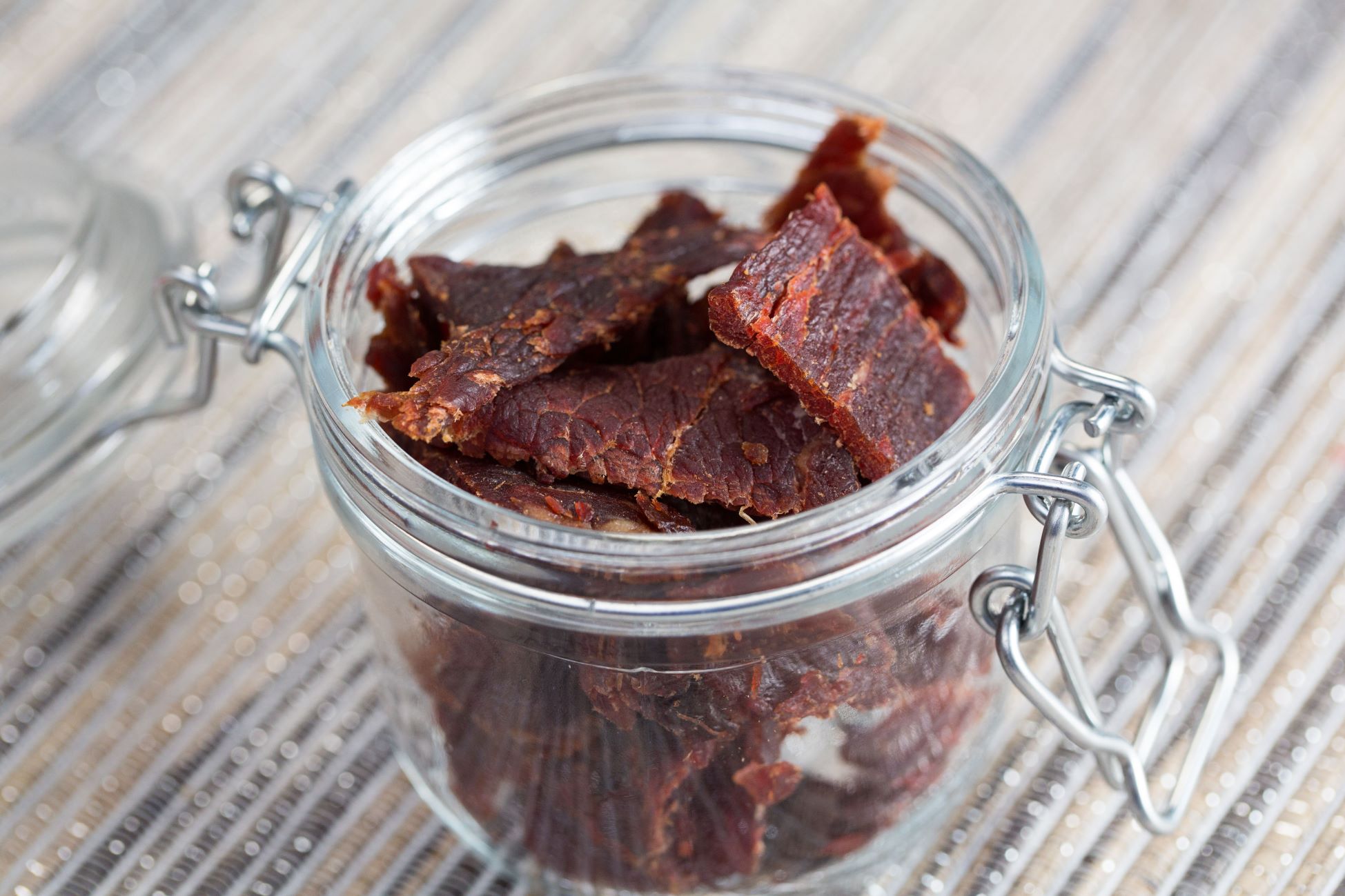

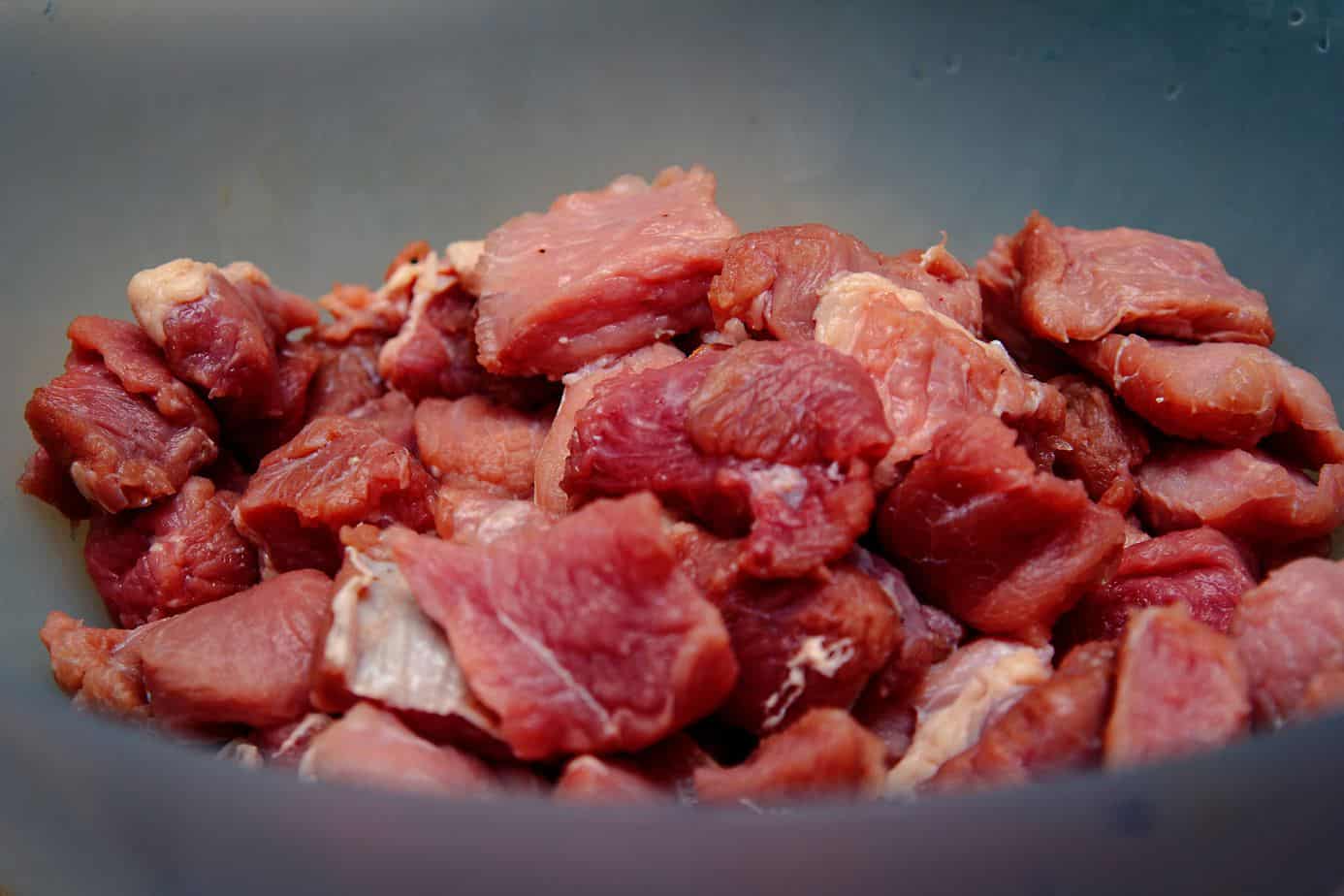


0 thoughts on “How To Store Homemade Beef Jerky”